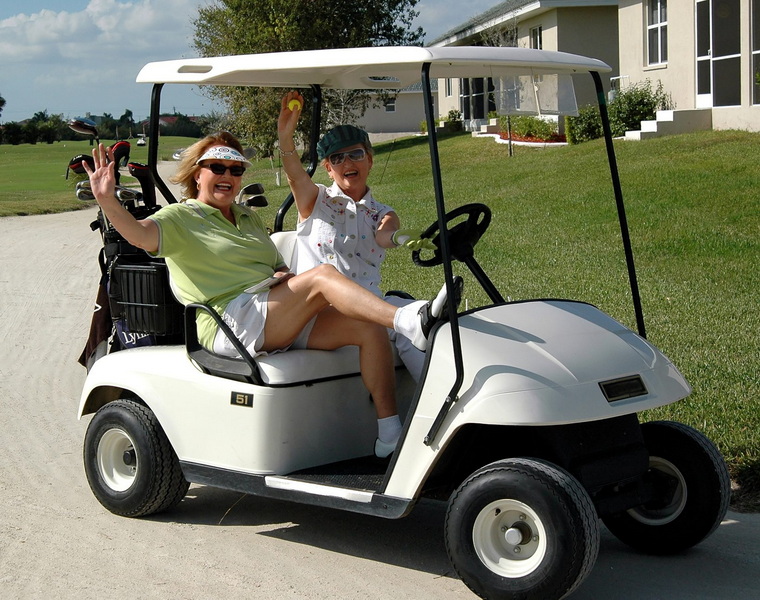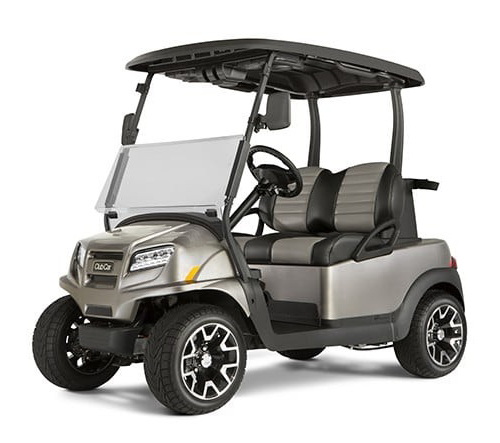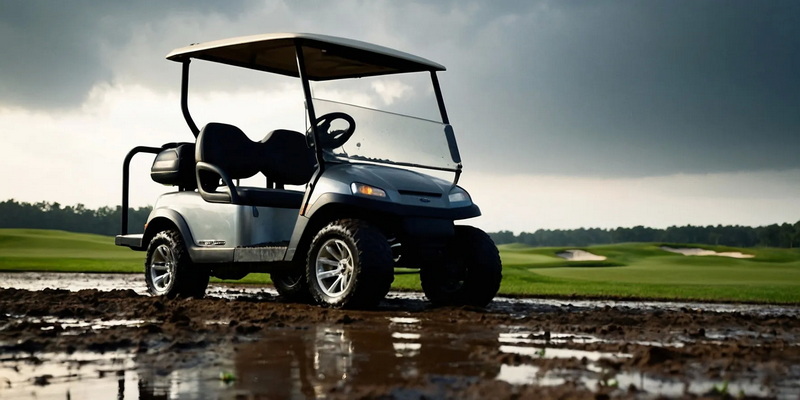Content Menu
● Understanding Electric Golf Carts
● Can Electric Golf Carts Get Wet?
>> Risks of Water Exposure
● Maintenance Tips to Protect Your Golf Cart
● What To Do If Your Golf Cart Gets Wet
● Additional Considerations for Electric Golf Cart Owners
>> Environment Awareness
>> Upgrading Components
>> Insurance Considerations
● Conclusion
● Frequently Asked Questions
>> 1. Can I wash my electric golf cart with water?
>> 2. How do I know if my golf cart has water damage?
>> 3. Is it safe to drive my golf cart in light rain?
>> 4. What should I do if my batteries get wet?
>> 5. How often should I check my golf cart for water damage?
Electric golf carts are a popular choice for navigating golf courses and other recreational areas due to their eco-friendliness and ease of use. However, many owners often wonder about the implications of exposure to water. This article will explore whether electric golf carts can get wet, the potential risks involved, maintenance tips, and how to handle water damage if it occurs.

Understanding Electric Golf Carts
Electric golf carts are designed with various components that make them efficient for short-distance travel. They typically include:
- Electric Motor: Powers the cart.
- Batteries: Store energy for the motor.
- Electrical Wiring: Connects various components.
- Chassis: The frame that supports the cart.
While these components are generally robust, they can be sensitive to water exposure. Understanding how each component functions can help owners take better care of their carts.
Can Electric Golf Carts Get Wet?
Yes, electric golf carts can get wet, but it is not recommended to expose them to excessive moisture. Light rain or splashes from puddles may not cause immediate damage, but prolonged exposure to water can lead to significant issues.
Risks of Water Exposure
1. Corrosion: Water can cause rust and corrosion on metal parts, particularly around electrical connections and battery terminals. This corrosion can weaken structural integrity and lead to component failures over time.
2. Electrical Failures: If water seeps into the electrical components, it can lead to shorts or failures in the motor and batteries. Such failures may result in unexpected shutdowns or complete loss of power while in use.
3. Battery Damage: Water can severely damage batteries, leading to leaks or even fires in extreme cases. Most electric golf carts use lead-acid batteries, which can be particularly vulnerable to moisture.
4. Mold and Mildew: Moisture trapped in the seats or interior can lead to mold growth, creating an unpleasant environment and potential health hazards for users.
5. Decreased Performance: Water exposure may affect the overall performance of the golf cart, including speed and handling. This can be particularly concerning during a game of golf where precision is key.

Maintenance Tips to Protect Your Golf Cart
To ensure your electric golf cart remains in optimal condition, consider the following maintenance tips:
- Use a Waterproof Cover: When not in use, cover your cart with a waterproof tarp or specialized cover to protect it from rain and moisture. This simple step can significantly extend the life of your cart's components.
- Inspect Seals Regularly: Check seals around doors and windows for wear and tear. Replace any damaged seals to prevent water ingress. Regular inspections will help you catch issues before they become serious problems.
- Avoid Deep Puddles: When driving your cart, steer clear of deep puddles that could splash water into sensitive areas. If possible, choose routes that are less likely to be affected by standing water.
- Dry Off After Use: If your cart does get wet, dry it off thoroughly before storing it. Pay special attention to electrical components and battery terminals. Using a microfiber cloth can help absorb moisture effectively.
- Store Indoors: Whenever possible, store your golf cart in a dry location such as a garage or shed. This protects it from environmental factors that could lead to moisture buildup.
- Regular Cleaning: Regularly clean your golf cart using appropriate cleaning agents that do not harm electrical components. Keeping it clean helps prevent dirt and grime from trapping moisture against surfaces.
What To Do If Your Golf Cart Gets Wet
If your electric golf cart has been exposed to significant moisture, follow these steps:
1. Disconnect the Battery: Immediately disconnect the battery to prevent electrical shorts. This is crucial for safety and preventing further damage.
2. Remove Standing Water: Use towels or a wet/dry vacuum to remove any standing water from the interior and exterior of the cart. Ensure that all compartments are dry before proceeding.
3. Dry All Components: Ensure all parts of the cart are thoroughly dried. Pay special attention to electrical connections and battery terminals. Leaving moisture in these areas could lead to corrosion or shorts.
4. Inspect for Damage: Check for signs of corrosion or damage in electrical components. If you notice any issues, consult a professional for repairs before attempting to use the cart again.
5. Test Before Use: Once everything is dry and inspected, reconnect the battery and test the cart before taking it out again. Start with short distances to ensure everything is functioning properly.

Additional Considerations for Electric Golf Cart Owners
Environment Awareness
Being aware of your environment is essential when using an electric golf cart. Certain terrains are more prone to water accumulation than others:
- Wetlands or Marshy Areas: Avoid driving through these regions as they tend to have standing water.
- Heavy Rain Forecasts: If heavy rain is expected, consider postponing your outing or using alternative transportation methods.
Upgrading Components
Consider upgrading certain components of your golf cart if you frequently encounter wet conditions:
- Waterproof Batteries: Some manufacturers offer batteries designed specifically for wet environments.
- Sealed Electrical Connections: Upgrading to sealed connectors can help protect against moisture intrusion.
Insurance Considerations
Check with your insurance provider regarding coverage for water damage on your electric golf cart. Understanding your policy can help you prepare financially for potential repairs due to unforeseen circumstances.
Conclusion
In conclusion, while electric golf carts can withstand some moisture, it is crucial to take precautions against excessive water exposure. Regular maintenance and proper care can help extend the life of your golf cart and prevent costly repairs due to water damage. Always remember that when in doubt about weather conditions or terrain, it's best to err on the side of caution.

Frequently Asked Questions
1. Can I wash my electric golf cart with water?
Yes, you can wash your electric golf cart with water, but avoid spraying directly on electrical components and ensure everything is dried thoroughly afterward.
2. How do I know if my golf cart has water damage?
Signs include corrosion on metal parts, malfunctioning electrical components, unusual noises when operating, or visible moisture inside the cart.
3. Is it safe to drive my golf cart in light rain?
Driving in light rain is generally safe; however, avoid driving through deep puddles or heavy downpours that could lead to water damage.
4. What should I do if my batteries get wet?
Immediately disconnect them from power sources and dry them thoroughly before inspecting for any signs of damage or corrosion.
5. How often should I check my golf cart for water damage?
Regular checks should be conducted at least once a month or after heavy rains to ensure all seals are intact and there is no moisture buildup in critical areas.











































